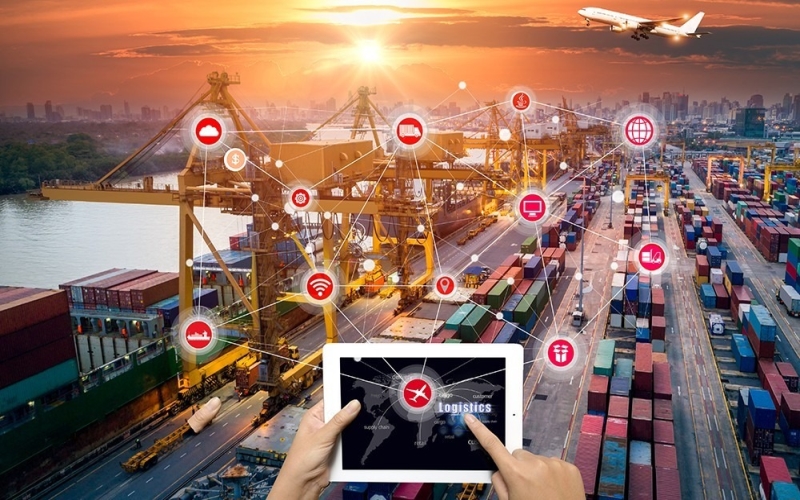Every coin has two sides, just like the opportunities and challenges of inbound logistics. There are quite a lot of opportunities when we look at the inbound logistics spectrum, but who is going to speak about the challenges that need to be overcome? That is what we are here to show you. Let us look at the challenges in inbound logistics and the best ways to overcome them.
What is Inbound Logistics?
Inbound logistics is the process of managing storage, receipts, transportation of goods and materials that are brought ‘into’ the business. It involves all the activities evolving around sourcing, receiving, purchasing goods from suppliers and stored until they are needed for production or sale. When we speak of inbound logistics, it starts with the tempo service, all the way to storing the goods that were brought in through the tempo service.
How Does Inbound Logistics Work?
There are several aspects involved in inbound logistics, and they are:
- Sourcing and Procurement: Identifying and acquiring the needed raw components from suppliers.
- Transport: The movement of goods from suppliers to the company’s facilities.
- Receiving: Ensuring that the delivered goods are in perfect quality and quantity.
- Storage: Storing goods in the warehouse or inventory systems until they are required for production or sale.
- Inventory management: Monitoring stock levels to make sure that there is sufficient inventory on hand to meet production and sales without stocking in excess (overstocking).
- Information Management: Utilising systems and tech to track goods and materials, communication with suppliers and more.
The Major Challenges of Inbound Logistics?
Let us dive into the main challenges that inbound logistics has:
- Higher Costs
The moving fuel prices, transportation, tariffs and more is increased through inbound logistics. There are also the expenses associated with storage, rent, and additional costs for goods handling, inspecting and more.
- Shipping Barricades
Customs of different countries and regions cause typical shipping barricades. Political instability, trade wars, and other geopolitical issues also contribute to these.
- Lack of Visibility
Tracking shipments in real time is difficult, which could lead to uncertainties in deliveries. Data integration across various systems is also inadequate, which could lead to fragmented information and poor-quality decision-making.
- Delays and Uncertainty
Natural disasters and adverse climate could come in the way to disrupt transportation and delay shipments. Crowded ports, traffic and other causes could also be the reason for delays and uncertainty.
- Inventory Management
Inaccurate demand for forecasts could lead to overstocking or stockouts, which are both expensive. Balancing the need to keep enough inventory on hand without locking too much capital in the unsold goods.
How to Overcome the Challenges of Inbound Logistics in India?
There are ways to overcome these challenges, and they are:
- Higher Costs Can be Managed by EVs, Routing and More
Cost saving technologies can be implemented, such as automated warehousing, transport the electronic vehicles for lower fuel costs, and negotiating with the suppliers.
- Improving Shipping Efficiency
Spreading out the transportation modes and routes to lower the dependency on one option. Construction of a strong relationship with the logistics caterers.
- Overcoming Lack of Visibility
Using advanced tracking tech, such as AI and IoT, for real-time tracking systems is established. Integrating supply chain management tools to bring together data from different sources is also established.
- Back Up for Delays and Uncertainty
Developing contingency plans when there are usual disruptions. This can also be improved through construction of a network of backup suppliers, and alternate routes.
- Inventory Management
The use of data analytics and AI can be a good method for the right form of demand forecasts.
Conclusion
Where there is a will, there is always a way. This is a much used proverb, but we can see that in this post. Though there are challenges to inbound logistics, there are definitely several ways to overcome it.

